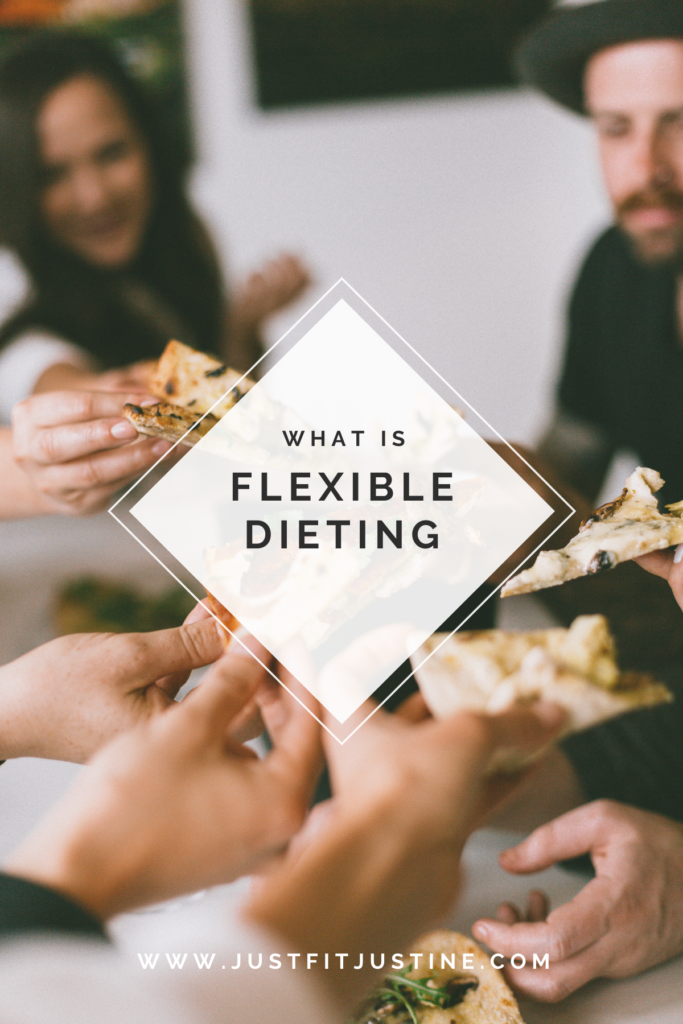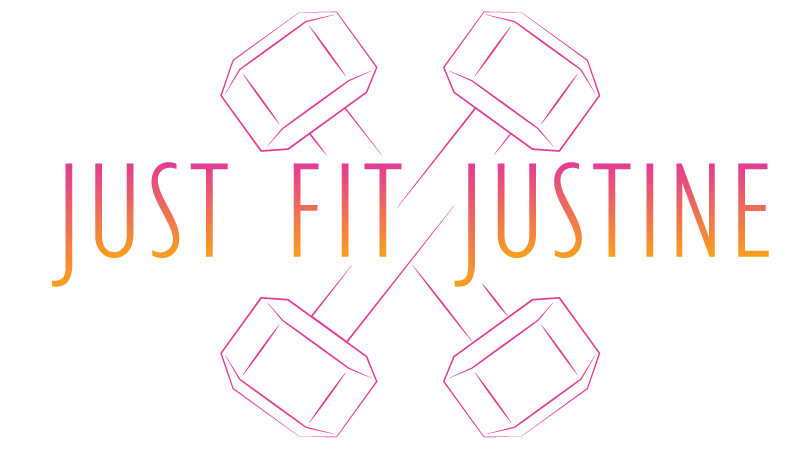
Lose weight and still eat your favorite foods. Sounds way too good to be true, right?
This must be a 4am infomercial because I’m not buying it.
I’ll give you the full lowdown on how flexible dieting helps you to reach your goals and still enjoy happy hour or pizza. I promise it can be done.
First off- what does flexible dieting even mean?
There are two main ways you can diet.
- You can control your food quality.
- You can control your food quantity.
Food quality is typically known as “Clean Eating.” A term I personally hate. Unless you dropped your food on the grocery store floor and didn’t wash it off, your food isn’t dirty. I stay away from any negative adjectives to describe foods. Certain foods are not clean vs. dirty (unless your talking about organic pesticides). There are no good foods or bad foods. Eating food you enjoy should not be considered a “cheat meal.” Cheating is bad, enjoying yummy food is part of life. Your diet should not be a prison. When looking at foods some foods are just more nutritious than others.
The concept of “Clean Eating” can be great to make sure you are getting enough fruits and veggies. These foods provide vitamins, minerals, antioxidants, and other health benefits we need. This is extremely important for our long term hearth and immunity. Unfortunately though, this diet can also be extremely restricting.
I hate to break it to you, but organic wine still doesn’t count as “Clean Eating.” Neither do cookies, potato chips, or 90% of the foods you find at most social events. Basically anything fun and delicious is off-limits. That’s gonna be a no from me dawg.
The other issue with “clean eating” is that you can continue to gain weight. Foods such as avocado, almonds, or salmon are all considered clean foods, but they are very calorie dense. It doesn’t matter if the foods are “healthy” too much food will still cause you to gain weight. You must create a calorie deficit to lose weight, no matter how clean your foods are.
Controlling food quantity on the other hand began with the “if it fits your macros” trend. #IIIFM. Body builders began eating processed junk, candy, and powdered foods while only focusing on macros and calories. It glorified eating like shit by showing you could still lose weight doing it. But hey, at least you were still allowed to eat pizza.
If the only goal you had was weight loss, you could stick with this program. However, when you really think about it most of us want to live a long healthy life and feel great playing with our grandchildren. Weight loss might be your current 6 month goal, but we don’t want to forget about the long term health implications that occur too.
Flexible dieting is where these two ideas come to meet in the middle: We want to focus on food quality AND food quantity.
It’s creating the best of both worlds. Making sure we eat nutritious quality foods, tracking our food quantity to create a calorie deficit, and allowing foods we enjoy by fitting them into our plan.
This can easily be applied by thinking of the 80/20 rule. We want 80% of our foods to come from whole foods that are filled with nutrients and from the earth. Then the other 20% can come from “fun” foods. We put an emphasis on foods that are micronutrient dense, but we also control our food quantity.
So how do you ensure you’re staying on track with both of these goals? Tracking macros is the most accurate way. By tracking macros you will be able to balance your food quantity with calories, and also ensure food quality is coming from a good ratio of proteins, carbs, and fats. You can eat food our body needs along with foods your tastebuds want. If you eat 2 slices of pizza, but fit this into the rest of your daily macros surrounded by a healthy breakfast and lunch we can eliminate the guilt of this being a “cheat meal.” You have freedom in your food choices and no foods are off limits.
If you’re interested to get started with flexible dieting shoot me an email and I can teach you more about it!

